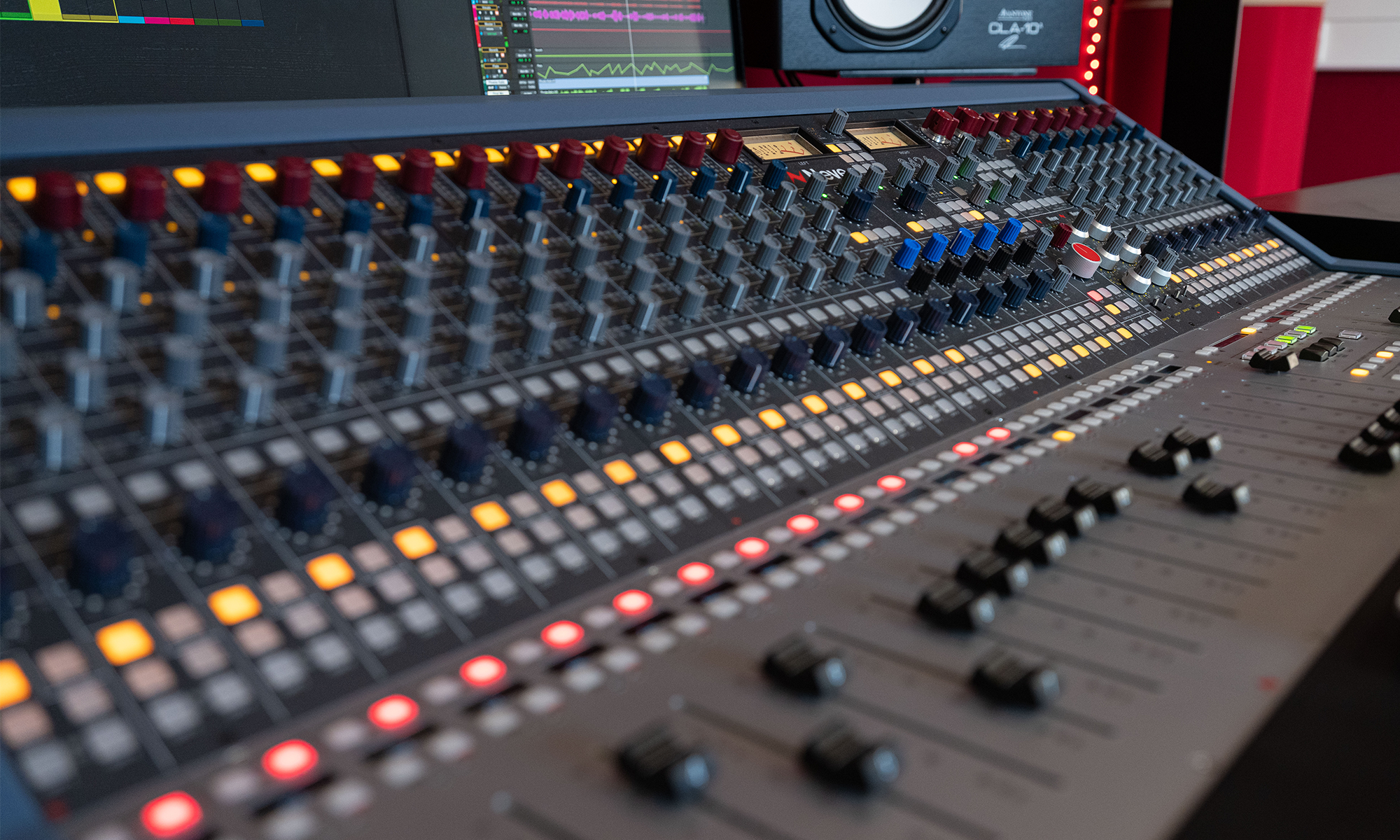
| Microphone Type | Condenser |
| Polar Pattern | Cardioid |
| Frequency Response | 20Hz – 20KHz |
| +48v Phantom Power Required: | Yes |
| Manual | Manualslib.com |
The Blue Baby Bottle is a microphone that provides a classic warmth and presence to a wide range of instruments. It is known for its versatility and ability to capture a rich and clear recording, whether you’re recording electric and acoustic guitars, drums, brass, or vocals.
One of the standout features of the Baby Bottle is its -20dB pad and built-in 100hz high pass filter. This allows it to accommodate different performance styles while still delivering a clear recording free of distortion. It’s especially useful when recording in a studio setting, where its very present midrange and smooth top end can produce a warm and classic sound that complements its vintage appearance.
The Baby Bottle is designed to accommodate a wide range of instruments and performance styles, making it a versatile choice for studio recording. Whether you’re recording a guitar, drums, brass, or vocals, this microphone provides a warm and clear recording with a classic presence. With its built-in 100hz high pass filter and -20dB pad, the Baby Bottle can handle different performance styles without distorting the sound. Overall, if you’re looking for a microphone that can deliver a rich, classic sound, the Blue Baby Bottle is a great option.
To use the Baby Bottle, start by attaching the microphone cradle to a stable microphone stand before putting the microphone securely into the clip. Then, plug the XLR into the connection at the bottom of the microphone and the other end into the patch bay. Switch on the 48V Phantom power on the preamp or mixer and select the correct input in Pro Tools (the number of the input on the patch bay) or on your mixer and set the gain.








